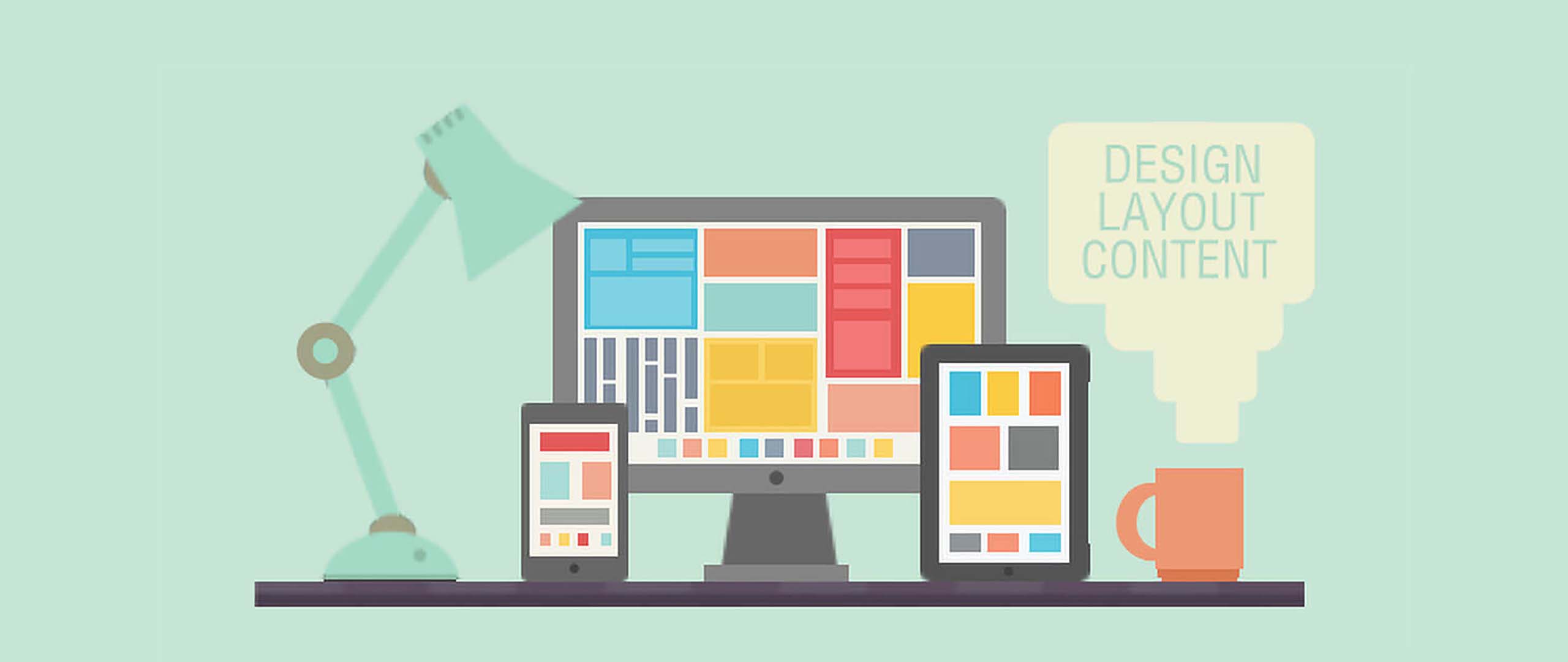Is website design important? The single word answer is, yes. However, having an online presence that offers bad user experience, unclear marketing objectives, and poor functionality is an ineffective website and can actually do more harm than good to your brand or company. Conversely, a well-designed website helps build brand awareness, creates a great user experience, and helps to build trust in your products and services.
Web Design is the finished product that your customers see. Make sure your Web Development agency has a clear understanding of your company’s website objectives and functionalities prior to starting the web design.
Some small business owners whose websites look outdated are not convinced that a website facelift or a new website design can bring about new business. A well-designed website can have a positive impact on the success of a business. A website that is well-built and provides quality content that is updated regularly will not only produce a better flow of customer traffic, but the improved user interface will increase conversion, thus stimulating new business..
In addition to attracting your ideal customer and encouraging dialogue with your company, there are many other reasons why website design is important. The following recommendations are our selected five key components that good know for web designers when designing a website:
Content
The message of your content should be short and on point so that it’s easier for the reader to remember and the visitor should quickly know what your company’s brand position and promise is that you’re communicating. Another element to consider is having plenty of negative space. If there is too much text on a page, the page will look cluttered and the reader will feel overwhelmed. Allow enough empty space so that the reader’s eyes can rest and will stay interested in the page.
Navigation
A website’s navigation is one of the most important components of a website. The navigation bar or list of links/labels should be in an obvious location and easy to understand so that traveling through the website is not a complicated ordeal. A less sophisticated and simpler navigation maximizes ease of use for a broader range of visitors. Some web designers overemphasize the navigation with fancy typeface that’s not common to all computers or Google fonts not installed, thus the text is not readable, a fancy design that is not coded well for cross-browser compatibility. A great tip is that a website’s navigation should be so uncomplicated that even technology-challenged people can understand it.
Brand Consistency
Your logo design that is used in print collateral (brochures, business cards, etc.) should be the same logo design you use for your website. This includes the logo/brand colors, logo, imagery, and brand message. In order for your customers to effectively associate your brand position and promise with your company, your customers needs to be able to recognize your brand in all forms of communication.
Trust
Get to know your customers and what they value so that you can build trust with them. A great way to get to know your customers is by implementing marketing strategies that prompts dialogue in order to discover more about your potential customers’ needs. By discovery and nurturing relationships with potential customers, you can more precisely employ what resonates with them in your new website design. Additionally, traffic to your website will increase as a result of making your website look more trustworthy and welcoming to your visitors.
There are still many people who are accustomed to doing business face-to-face. The Internet does not feel as friendly for these individuals as it does for most of us. Therefore, it’s even more important that your website design is a user-friendly environment where all people come and quickly find the information they are looking for. Customers will continuously return to your site and do business with your company if your website is designed well and properly managed.
SEO and Reading
The common reading pattern for most people when viewing a website page is top to bottom, left to right – just as they do when reading a book. Most web designers understand the flow and place the most important and relevant content in the top left side of a web page. Placing important content in this location ensures visitors will see it and your intended message is more effective for current and potential customers. Additionally, placing important information in the top left areas of a website improves search engine optimization. Along with adding important keywords for the content in this area of the website, search engines such as Google, Yahoo, and Bing can crawl your website easily, increasing your search engine placement and giving your website more overall visibility.
Interested in learning more? Contact us for more information


Leave a Reply